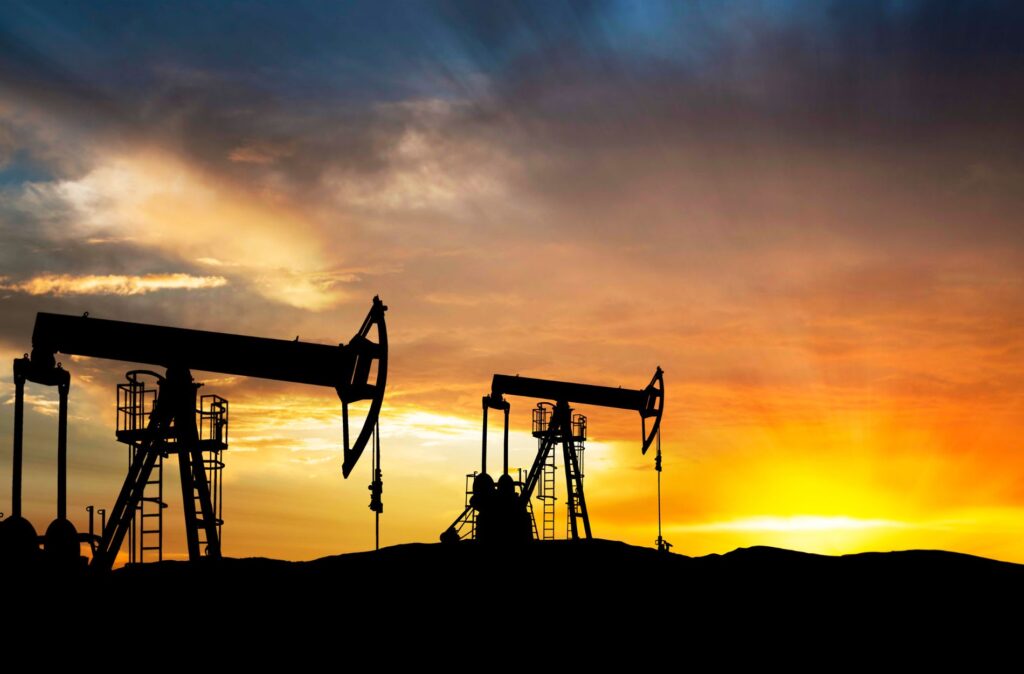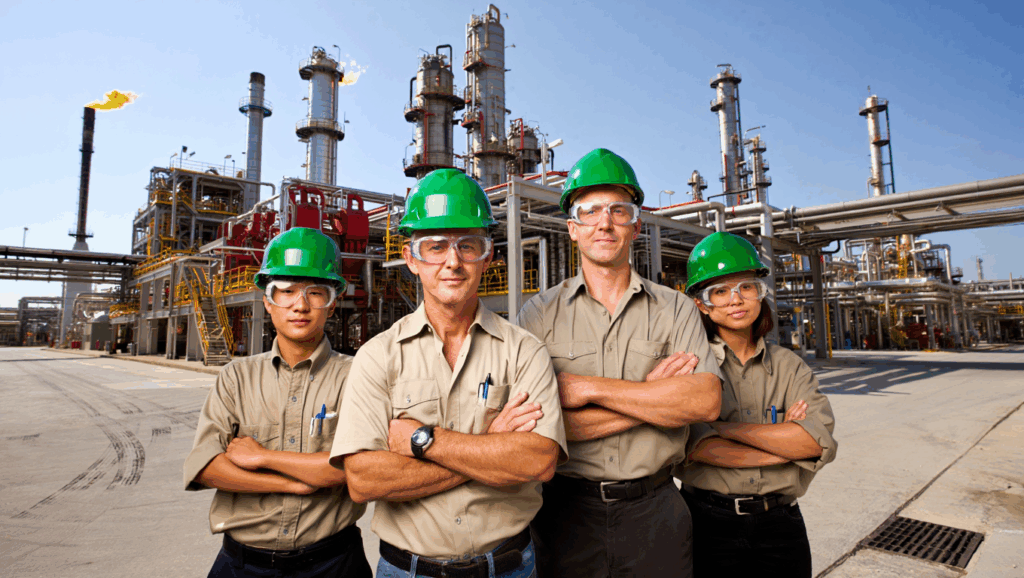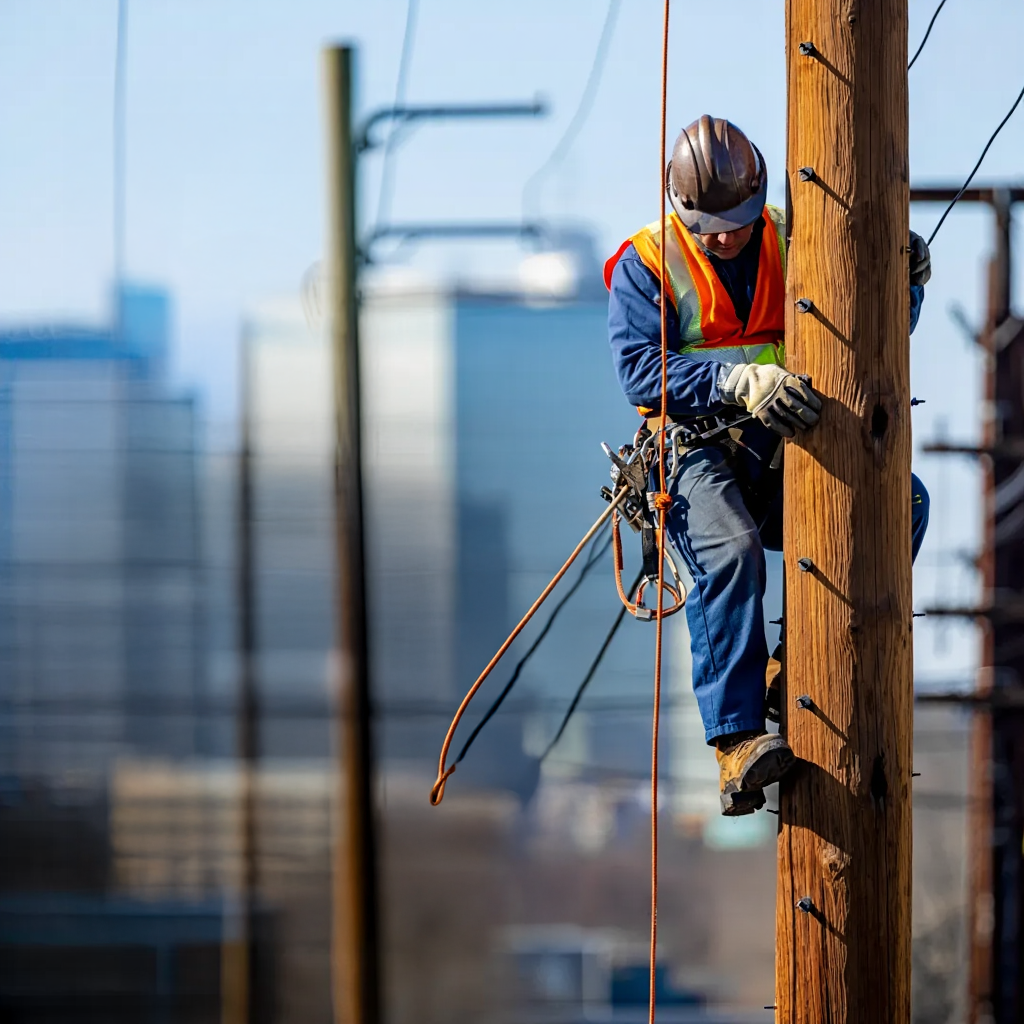Ensuring safety during oil and gas drilling operations is crucial. It’s not just about keeping workers safe; it’s about maintaining efficient, uninterrupted operations and safeguarding the environment. As the industry continues to grow and evolve, the methods used to uphold safety standards are advancing as well. Traditional safety practices, while essential, have limitations, particularly when it comes to predicting potential hazards before they occur.
This is where AI steps in. AI-powered compliance reporting is reshaping the way safety is managed on drilling sites. By using complex algorithms and real-time data processing, AI technologies can predict, identify, and alleviate risks more effectively than ever before. This article explores how AI significantly enhances safety standards in the oil and gas industry, making drilling operations safer and more efficient.
The Role of AI in Safety Standards
AI technology has made its way into the oil and gas industry, transforming traditional safety practices. These advanced systems are equipped to process large amounts of data to foresee potential hazards before they materialize. Here’s how AI works to uphold safety standards:
– Predictive Analytics: AI systems analyze historical and real-time data to predict potential risks. This allows operators to take proactive measures before safety issues arise.
– Real-Time Monitoring: With the help of sensors and IoT devices, AI continuously monitors drilling operations. This real-time data enables immediate response to potential hazards, keeping operations running smoothly.
– Automated Reporting: AI technology streamlines the reporting process, providing clear, accurate, and instant insights. This helps ensure that safety teams are always informed and can act quickly when necessary.
AI not only enhances compliance by identifying risks but also helps in minimizing downtime caused by unforeseen issues. For example, through AI-powered systems, operators can detect early signs of equipment failure, allowing maintenance teams to fix issues before they affect operations. This kind of foresight significantly reduces the chances of incidents that could harm workers or the environment.
By incorporating AI, the oil and gas industry is setting new standards in safety and efficiency, ensuring that operations are not only safe but also sustainable and aligned with regulatory requirements.
Key AI Technologies Used in Drilling Operations
The technology driving AI advancements in oil and gas drilling operations is diverse and powerful. Machine learning models train on vast datasets to forecast potential dangers and suggest preventive measures. This helps operators make informed decisions before accidents can occur.
Sensors and IoT devices gather real-time data from the drilling rigs. These devices track everything from temperature and pressure to machinery vibrations, offering a comprehensive view of operations. Data analytics then processes this information to identify patterns and predict incidents before they happen.
For example, if a sensor detects unusual pressure levels, AI systems can alert the crew, allowing them to act before a blowout. This automated vigilance ensures that drilling remains safe and continuous. Additionally, by leveraging data from past incidents and anomalies, operators can refine their strategies for better operational outcomes.
Enhancing Compliance Reporting
AI-powered compliance reporting transforms how oil and gas drilling sites maintain standards. Unlike manual systems, AI-driven reporting tools ensure compliance by providing accurate, timely, and efficient documentation. These tools monitor sites continuously, identifying discrepancies and alerting teams instantly. This approach not only keeps operations aligned with regulations but also boosts overall safety by preventing violations from developing into costly incidents.
The benefits of AI compliance in drilling operations are clear. Using automated systems eliminates human error, ensuring reports are both timely and precise. This accuracy minimizes the risk of incurring penalties from regulatory bodies. By offering real-time insights, these systems allow immediate corrective actions, reducing downtime and enhancing productivity.
Another advantage of AI in compliance reporting is the integration of predictive analytics. By analyzing data trends, these systems can forecast potential compliance challenges, allowing companies to implement preventative measures proactively. This foresight not only maintains compliance but also optimizes operational efficiency.
AI tools also facilitate comprehensive data management by centralizing information from various sources, making it easily accessible for audits and inspections. This centralized approach streamlines the process of proving compliance during regulatory reviews, saving time and resources.
Harnessing Data for Safer Operations
AI technologies are redefining safety in the oil and gas industry. By predicting hazards, monitoring operations in real time, and automating compliance reporting, AI not only enhances security but also ensures that drilling operations are efficient and reliable. This digital transformation is more than just a technological upgrade—it’s a fundamental shift towards a safer and more sustainable future.
Embracing these advanced systems isn’t just beneficial; it’s becoming increasingly essential to meet the high safety and regulatory demands of modern drilling operations. As AI continues to evolve, the future of oil and gas safety promises to be smarter and more resilient. Readers are encouraged to explore AI solutions that can address their unique safety challenges effectively.
AI is undeniably changing the landscape of safety in oil and gas drilling operations. As the industry moves toward a safer future, investing in AI-driven safety solutions becomes increasingly important. To see how your team can benefit from advancements like AI-powered compliance reporting, explore how Field1st delivers smarter, more reliable safety management tools built for today’s high-risk environments. Contact us today.





